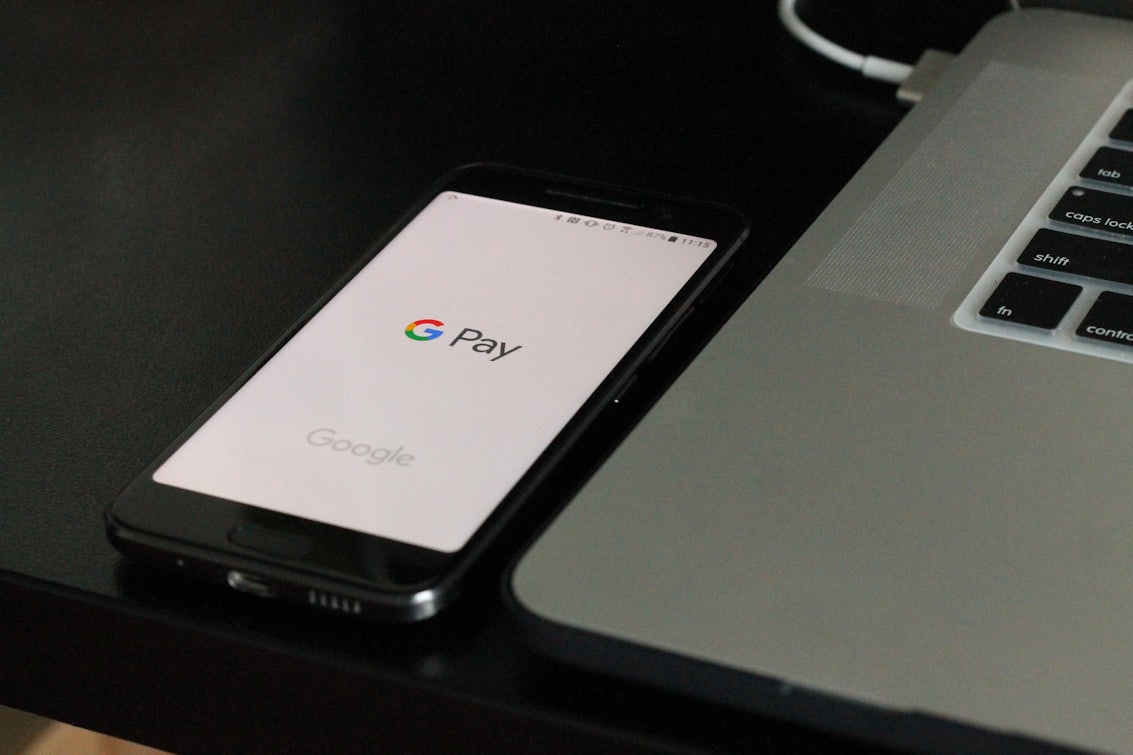Welcome to June’s edition of Impression Picks! This digital marketing roundup serves as some food for thought for you from Impression’s experts and the wider marketing community. Each month, we will highlight an interesting article, insight and campaign of the month.
This month features thoughts from our strategy team, including; Senior Digital Strategists, Rebecca Edwards & Laura Arens, and Digital Insights Executive, Zoe Le. As always, we hope you enjoy the content and insights we provide as a part of our monthly roundups.
Holiday email opt-out: Right intentions, wrong response?
Limited-term opt-out has become a standard feature in email workflows for many businesses looking to create a more empathic and thoughtful experience for their customers. But can it do your business more harm than good?

Back in 2019, Bloom and Wild sent a simple email with the subject line “Want to opt out of Mother’s Day emails? No problem”. Arguably the first of its kind, the company received high praise for their customer-centric approach and since then, other brands have followed suit, offering customers the chance to opt out of other holidays such as Father’s Day, Valentine’s Day and even Back to School.
Statistically, customers love it when brands opt for this approach. In a recent survey, 68% of respondents said brands should “prioritise consumer well-being over sales,” especially during the winter holidays. Generation Z consumers and men are also more likely to take brands up on their opt-out offers.
But, if giving customers more power presents the idea of unsubscribing, could there be more effective ways to recognise and support their emotional needs?
In this article, Kath Pay, award-winning author and CEO at Holistic Email Marketing, argues that brands should consider several key factors before jumping two feet first into adding opt-out emails to their workflow.
Besides covering the potential downfalls, this article also includes some examples of good opt-out emails that could inspire your decision.
If your brand is considering using this tactic or actively uses email marketing as a key channel to communicate with your customers, this article is well worth a read.
Read the full article on MarTech.org
Article reviewed by: Rebecca Edwards
Fintech market is predicted to grow rapidly in the next four years
The Fintech market in the UK is expected to continue its rapid growth, driven by changes in consumer behaviour and further technological advancements. The two areas within Fintech that are predicted to see the strongest growth are digital payments and digital investments.

Since the pandemic period, the way consumers manage their finances has significantly changed, with many increasingly having a preference for the convenience and speed of online payment and digital finance solutions. So much so that online payments are predicted to reach 65M users by 2027.
With businesses looking to capitalise on this demand and optimising existing customer payment experiences, it’s clear that digital payments will remain a dominant trend in the foreseeable future.
Digital investment platforms are also expected to grow in popularity and are estimated to reach 6B USD revenue by 2027, as more individuals seek to manage their finances online. After the pandemic and economic instability, consumers have feelings of financial uncertainty and are more concerned about savings, investments and financial management. Thus, the demand for convenient investment and payment solutions has been increasing. In addition to this, the ongoing development of advanced technologies such as AI, digital payment and investment solutions are becoming faster, more convenient and easily accessible than ever, which only helps to boost demand.
The trend indicates that market demand is increasing, offering huge growth opportunities for Fintech companies in the UK. However, as demand increases, so will industry competition, with new businesses entering the market. Marketers can capitalise on this growth opportunity by creating a full-funnel strategy that focuses on increasing short-term sales while building long-term brand awareness to protect future growth.
If you’re looking for a fintech marketing agency, get in touch with our team at Impression, who are here to help with any questions you may have!
Insight by: Zoe Le
Which? uses London’s largest QR code to bring offline and online worlds together
In a collaborative artistic effort alongside Global Street Art, Grand Visual, Talon, Goodstuff and Brave Spark, Which? has created the city’s largest QR code as part of their latest out-of-home activation.

Measuring at 119 metres the huge, hand-painted mural on the streets of Hackney has been strategically painted in one of London’s trendiest boroughs, just a stone’s throw away from Broadway Market. In a tactical move from the UK’s largest consumer body, they have used it as an opportunity to showcase local artistic work on one of the largest platforms, while also promoting their own services and driving users to their website
The impressive QR code is able to bring the traditional forms of creative and media and merge it effectively with digital technology, whilst at the same time requiring engagement and action from its audience.
QR codes are becoming an increasingly popular technique to tie the offline journey together with the online world and easily measure the different touchpoints. What’s more, Which? has revealed that it plans to paint a new mural in the same space in the near future, so if you’re in London, watch this space…
Read more about the campaign on The Drum
Campaign reviewed by: Isabella Smith
Look out for our next Impression Picks in July for more digital marketing articles, insights and campaigns to inspire your digital strategy. Have any further questions? Get in touch!





